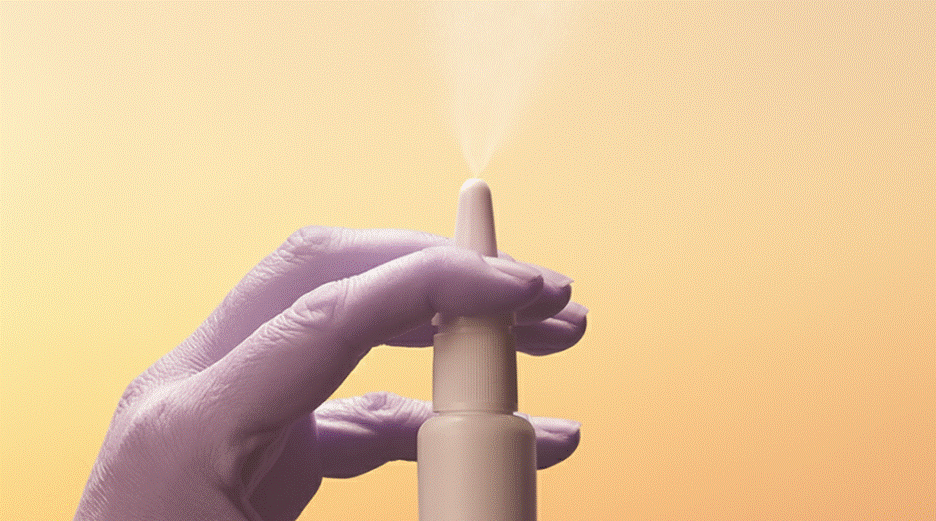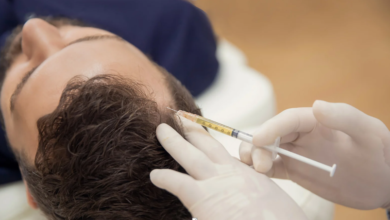What to Expect Before, During, and After Hernia Surgery

Hernias can impact daily comfort and mobility, especially when left untreated. For individuals facing discomfort or complications, hernia repair in Baltimore offers a safe and effective surgical solution. Whether you’re preparing for surgery or exploring your options, understanding the full process, from preparation to recovery, can ease anxiety and set realistic expectations.
Preparing for Hernia Surgery
Before surgery, patients undergo a complete evaluation that may include physical exams, imaging, and a review of symptoms. The goal is to confirm the hernia type, size, and location. Your healthcare provider may recommend dietary adjustments or pre-surgical instructions to optimize surgical success and minimize risks.
The decision to operate is often based on severity, symptom progression, and hernia size. Knowing at what size a hiatal hernia requires surgery helps patients and physicians determine the appropriate timing for intervention. While small hernias may be monitored, larger ones, especially those causing reflux, chest discomfort, or restricted breathing, often necessitate prompt surgical repair.
During the Procedure: What Happens in the Operating Room
Hernia surgery is typically performed under general anesthesia and can be approached through open repair or minimally invasive laparoscopy, depending on the hernia’s complexity and the patient’s health status.
In laparoscopic procedures, the surgeon inserts a camera and small instruments through tiny incisions to view and repair the hernia. In open surgery, a larger incision is made to directly access the site. Both methods involve returning the displaced tissue to its proper location and reinforcing the area, often using a surgical mesh to reduce the risk of recurrence.
The duration of surgery usually ranges from 30 minutes to two hours. Most patients are discharged the same day, particularly after laparoscopic repairs. The choice of technique will be based on individual anatomy, past surgical history, and overall health.
Recovery and Post-Operative Expectations
Post-surgery, patients are advised to rest and avoid strenuous activity for a few weeks. Pain, swelling, and minor bruising at the incision site are common but manageable with prescribed medication and proper care. Full recovery generally takes between two to six weeks, depending on the type of surgery and individual healing factors.
Follow-up appointments are essential to monitor healing and rule out complications. Most people resume light activities within a few days and return to work within one to two weeks, assuming their job does not involve heavy lifting.
Despite its success rate, some patients may experience discomfort in the months following surgery. Being aware of signs you have hernia mesh complications is crucial, as mesh-related issues like chronic pain, infection, or migration can arise, though they are uncommon. Any persistent symptoms should be reported to a healthcare provider promptly.
Supporting Long-Term Recovery
To support optimal recovery and reduce the risk of recurrence, patients are advised to maintain a healthy weight, avoid tobacco use, and follow lifting precautions. Hernias often form due to pressure in the abdomen, so managing contributing factors, such as constipation or chronic coughing, can help protect surgical outcomes.
Nutritional support, physical activity (once approved), and stress management are also key elements in long-term recovery. A coordinated care plan that includes medical follow-up and lifestyle adjustments improves healing and promotes lasting relief.
Conclusion
Hernia surgery provides both physical relief and long-term protection when performed at the right time and under the right guidance. Understanding what to expect before, during, and after surgery can help patients feel confident, prepared, and supported throughout the process. With the proper care and attention, hernia repair offers lasting improvement in comfort, mobility, and overall quality of life.





